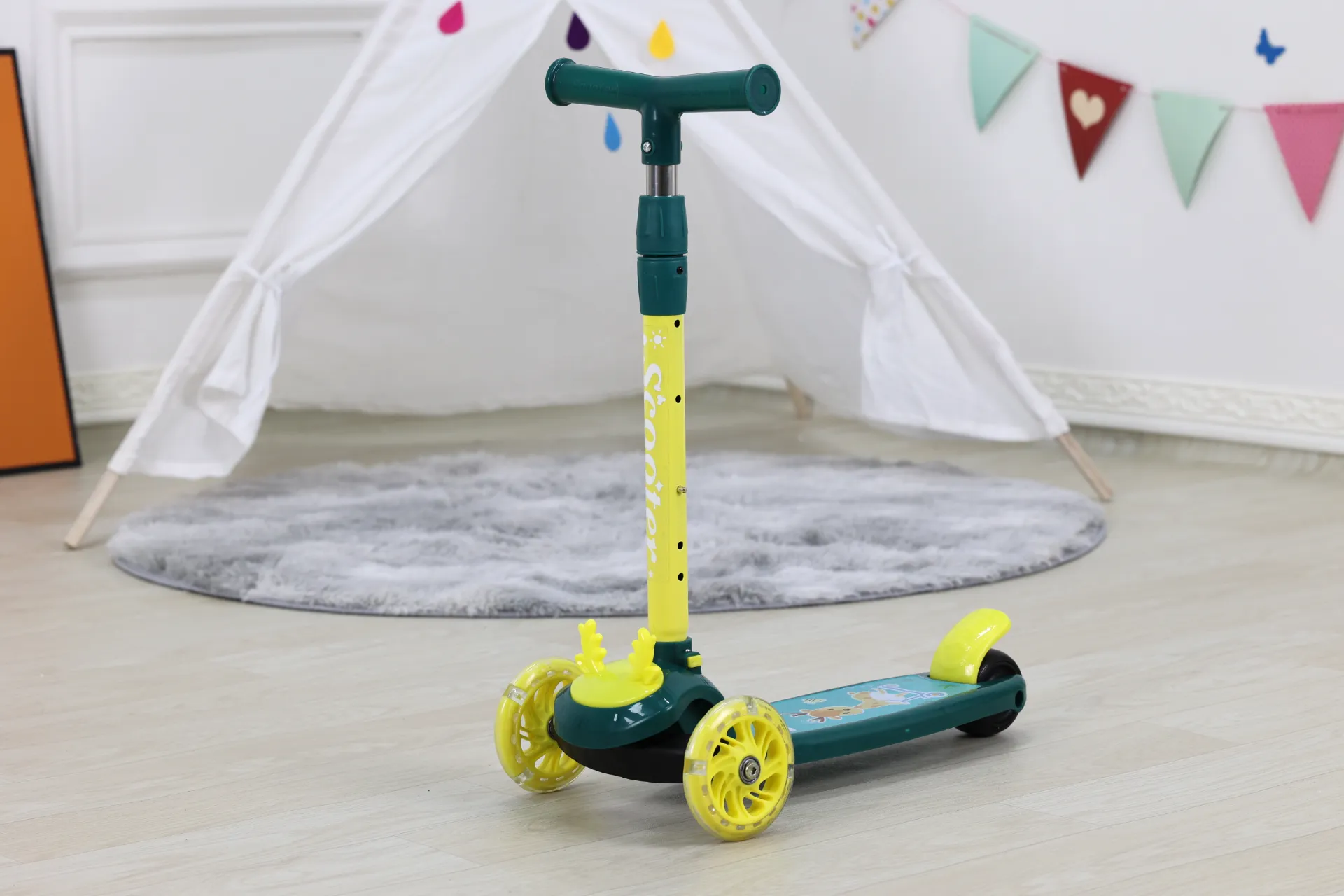mountain bike dimension
Understanding Mountain Bike Dimensions A Comprehensive Guide
When it comes to mountain biking, the dimensions of your bike can make a significant difference in your riding experience. The right dimensions can enhance comfort, control, and performance on various terrains. In this article, we will explore the essential dimensions to consider when selecting a mountain bike, helping you make an informed decision that suits your needs.
Frame Size
The most crucial dimension of a mountain bike is its frame size. Frame sizes are typically denoted in small, medium, large, and extra-large categories, but they can also be measured in centimeters or inches. The size you choose should depend on your height, inseam measurement, and riding style. A properly sized frame allows for better control over the bike, reduces fatigue, and enhances your overall comfort.
To find your ideal frame size, a good rule of thumb is to measure your inseam (the distance from your groin to the floor). Most manufacturers have size charts that correlate inseam measurements with frame sizes. While these charts are helpful, it’s also important to consider personal preference. Some riders may prefer a smaller frame for agility, while others might opt for a larger frame for stability on descents.
Top Tube Length
The top tube length affects how stretched out or compact you feel on the bike. A longer top tube usually provides a more aggressive riding position, which can enhance speed and aerodynamics on the trails. Conversely, a shorter top tube can offer a more upright and comfortable position, ideal for casual rides or longer distances.
Adjusting the saddle position can also play a role in how the top tube length feels. Riders must experiment with different setups to find the right balance and comfort level, particularly on technical trails where control is paramount.
Wheel Size
Mountain bikes primarily come with three wheel sizes 26-inch, 27.5-inch (650B), and 29-inch. The wheel size significantly impacts how the bike handles different terrains.
mountain bike dimension

- 26-inch wheels are lightweight and offer excellent maneuverability, making them suitable for technical trails and tight turns. However, they may struggle to maintain speed on flat sections.
- 27.5-inch wheels are a middle ground, combining the responsiveness of 26-inch wheels with the improved rollover capability of 29-inch wheels. They provide an excellent balance for all-around riding.
- 29-inch wheels excel in rolling over obstacles, making them ideal for rough terrains. They also maintain speed efficiently, which can be beneficial on longer rides. However, they can be less agile in tight trails compared to their smaller counterparts.
Standover Height
Standover height is another crucial measurement that determines how easily a rider can get on and off the bike. It is measured from the ground to the top of the top tube. A bike with a lower standover height is generally preferable, especially for those planning to ride in technical areas or descend steep slopes, as it allows for quick dismounts if needed.
To measure standover height, stand over the top tube with your feet flat on the ground. Aim for at least 1-2 inches of clearance between your body and the top tube to ensure safety and comfort.
Reach and Stack
Reach and stack refer to the horizontal and vertical measurements from the bottom bracket to the top of the head tube, respectively. These dimensions affect your riding posture and weight distribution. A longer reach can place the rider in a more aggressive position, while a shorter reach can make for a more relaxed ride. Stack height influences how high the handlebars are positioned, contributing to overall comfort and handling.
Conclusion
Choosing the right mountain bike dimensions is crucial for optimizing your riding experience. By understanding the significance of frame size, top tube length, wheel size, standover height, and reach/stack measurements, you can select a bike that fits your body and riding style. Remember to take the time to test ride a few models to find the perfect fit, as personal comfort and preference play a vital role in mountain biking. With the right bike, you'll be well-equipped to tackle any trail and enjoy every ride. Happy cycling!
-
The Perfect Baby TricycleNewsAug.11,2025
-
Ride into Fun with Bikes for KidsNewsAug.11,2025
-
Ride into Adventure with the Perfect Kids Balance BikeNewsAug.11,2025
-
Fun and Safe Riding with the Best Childrens ScootersNewsAug.11,2025
-
Find the Perfect Childrens Bike for Your Little OneNewsAug.11,2025
-
Explore the Best Baby Tricycles for Your Little OneNewsAug.11,2025
-
Three-Wheel Light-Up Scooter Benefits for KidsNewsJul.11,2025








